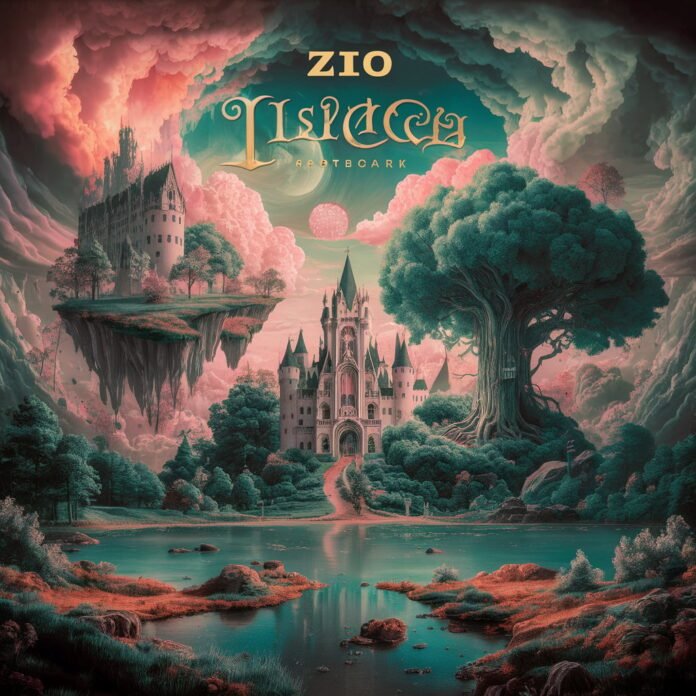Introduction
In the ever-evolving world of digital art, few creators capture the imagination quite like ArtofZio. Known for their distinctive style that blends surrealism, vibrant colors, and intricate details, Zio has carved out a unique space in the online art community. Whether through social media showcases, NFT collections, or collaborations with major brands, ArtofZio has become synonymous with boundary-pushing creativity. This article delves into the artistic journey of Zio, the signature techniques that define their work, and the impact they’ve made on both digital art culture and the commercial creative industry.
1. The Rise of ArtofZio: From Obscurity to Digital Art Stardom
The story of ArtofZio is one of perseverance and innovation. Beginning as a self-taught artist experimenting with digital tools, Zio gradually built a following by sharing work on platforms like Instagram, ArtStation, and DeviantArt. What set them apart was not just technical skill, but a fearless approach to blending genres—mixing cyberpunk aesthetics with organic textures, or merging classical portraiture with glitch art effects. As their audience grew, so did opportunities: collaborations with gaming companies, album cover designs for musicians, and eventually, a breakthrough into the NFT space where their limited-edition collections began selling out within minutes. This trajectory from underground artist to sought-after name highlights how digital platforms have democratized creative success.
2. Decoding the ArtofZio Aesthetic: Signature Styles and Techniques
What makes an ArtofZio piece instantly recognizable? Several key elements define their body of work:
-
Hyper-saturated color palettes that evoke dreamlike or otherworldly moods
-
Juxtaposition of analog and digital—think Renaissance-style figures with holographic overlays
-
Intricate linework that rewards zoomed-in viewing, hiding subtle narratives in details
-
Thematic duality, often exploring contrasts like nature/technology or chaos/order
Zio frequently employs tools like Procreate, Blender, and custom Photoshop brushes, but emphasizes that software is secondary to vision. Their creative process often starts with chaotic “sketch dumps” before refining compositions into polished pieces—a method that preserves spontaneity while delivering meticulous final products.
3. NFTs and Beyond: How ArtofZio Is Shaping Digital Ownership

The NFT boom proved transformative for ArtofZio. By tokenizing their art on Ethereum and Tezos blockchains, they tapped into new revenue streams while engaging with crypto-native collectors. Limited series like “Neon Glyphs” and “Fractal Selves” sold for record sums, but Zio also prioritized accessibility—releasing affordable editions to nurture a broader community. Beyond sales, their NFT projects often include interactive elements: augmented reality layers unlockable by owners, or token-gated Discord channels offering VIP creative workshops. This innovative approach positions ArtofZio at the forefront of redefining what digital art ownership can entail in the Web3 era.
4. Commercial Collaborations: Bringing Avant-Garde Art to Mainstream Brands
Major companies have taken notice of Zio’s ability to bridge niche and mass appeal. Recent partnerships include:
-
Apparel designs for streetwear labels, merging graffiti influences with high-fashion silhouettes
-
World-building concepts for metaverse platforms, designing immersive virtual environments
-
Animated sequences for music videos and streaming platform intros
These projects demonstrate how ArtofZio negotiates creative integrity with commercial demands—often injecting subversive themes into corporate briefs. Their secret? Treating each collaboration as a dialogue rather than a transaction, ensuring the final product retains their artistic DNA while fulfilling brand objectives.
5. The Future of ArtofZio: Pushing Boundaries in Physical-Digital Hybrid Art
Zio’s latest experiments hint at an ambitious direction: blending physical and digital mediums. Installations featuring projection-mapped paintings, AI-assisted mural designs, and even scannable QR codes that “activate” hidden AR art layers suggest a future where their creations exist beyond screens. Simultaneously, they’re mentoring emerging artists through Patreon tutorials, emphasizing that the next wave of digital art must prioritize both innovation and inclusivity.
Conclusion: Why ArtofZio Matters in the Digital Renaissance
In a landscape overcrowded with algorithmic art and AI-generated imagery, ArtofZio stands out by keeping human storytelling at the core of technology. Their work challenges viewers to find meaning in the collision of analog emotions and digital expressions. For aspiring artists, Zio’s journey offers a blueprint: master your tools, but never let them dictate your voice. As the boundaries of art continue to evolve, one thing seems certain—ArtofZio will be there, redefining the rules.


